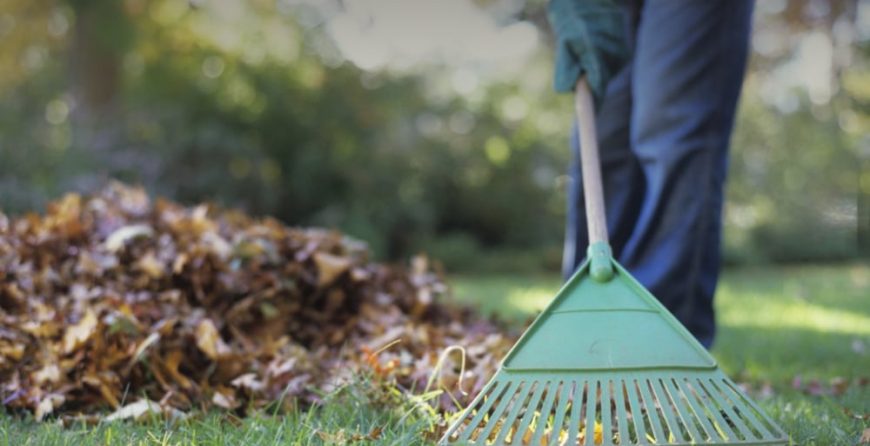 Fall is in full swing but the warm days continue to linger. If your vegetable garden is still yielding, that means there’s plenty of time to prep your garden for winter. It also means you can still gather seeds for next year’s garden.
Fall is in full swing but the warm days continue to linger. If your vegetable garden is still yielding, that means there’s plenty of time to prep your garden for winter. It also means you can still gather seeds for next year’s garden.
As gardeners, we rarely rest. Whether we’re prepping the seeds, soil, our tools, or coming up with a plan, there’s always something to be done. To help you stay on top of things during the cooler months, we’ve put together some tips for fall and winter garden projects.
Continue your fall sowing
In mid-fall, you can still sow carrots, fava beans, peas, and calabrese. Once late fall hits, you can sow hardy lettuce, garlic cloves, and fava beans. When it comes to the plants that are still producing, continue to harvest cabbages, maincrop potatoes, salad leaves, carrots, turnips, and tomatoes in mid-fall. Then, in the late fall, harvest parsnips, salad leaves, cabbages, herbs, kale, and leeks.
Take care of fall projects
Before closing your garden for the season, be sure to tidy up by removing all annual plants. Non-seeding weeds and spent plants should be sent to the compost pile. Cure squashes so they can be safely stored. Clear away any shading paint you put on the greenhouse glass. Then, remove the lower leaves from your tomato plants so the last fruits can ripen and be enjoyed.
Complete any winter sowing
If you’re working with hardy crops this winter, keep in mind the best times to work with them. Use midwinter to sow early carrots, fava beans, cauliflowers, leeks, onions, shallots, and lettuce. Late winter is the ideal time to sow summer cabbages, fava beans, leeks, brussel sprouts, shallots, radishes, onions, peas, and turnips.
Get your winter projects done
Winter is the ideal time to catch your breath, but it’s also a time for you to think about how your garden turned out this year. Take some time to reflect on the elements that were successful and unsuccessful. Each of those experiences will help you choose the best crops for this upcoming season.
Winter is also a good time to plan and experiment with your garden layout. Draft sketches that experiment with your placement. Don’t be afraid to arrange plants in a way you haven’t tried before. Once you’ve come up with some sketches, start building paths, raised beds, and any other elements you need for spring.
Check your to-do list
Before the snow falls, be sure to check some things off your to-do list such as digging, fertilizing, and applying lime. Wash out the greenhouse, if you have one, and stage it with horticultural detergent. In order to prevent disease and pests from taking over, clear away any old plant material that’s hanging about. When the snow falls, that’s a good time to order any seeds you need.
Have fun!
Who says getting your winter gardening chores done can’t be fun? You don’t have to let the winter blues get to you – continue to read up on gardening techniques via magazines, blogs, and more. Doing so will help you stay excited as well as organized.
Conclusion
Sowing and harvesting can continue into the fall, especially for those of us who work with hardy plants. If you don’t work with hardy plants, take the time to ensure everything is ready for spring. Clear the garden out, draw up a blueprint, and order seeds so you’ll be ready for spring’s projects.


